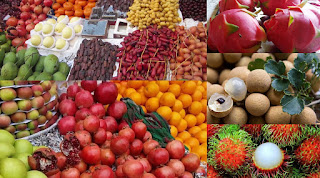- The whole terminal will be fully digitized, central control system will indicate the diagnosis of any mechanical faults in the entire airport.
- It will be possible to serve at least 12 million passengers a year using the third terminal. With the addition of 8 million passengers of the current terminal, the total number will be 20 million.
- According to civil aviation, the architectural design style is similar to what the vision means. The entire third terminal project is being constructed on 350 acres of land.
- There will be 40 numbers of Cabin X-ray Machines, 12 Boarding Bridges, 16 Conveyor Belts and 11 Body Scanners.
- There will be a multi-storied car parking with tunnels of 54,000 sqm, New Import and Export Cargo Complex of 63000 sqm, Rescue and fire fighting station and equipment of 4000 sqm.
- There will be also Land Development, Connecting Taxiway (North) 24000 sqm, Connecting Taxiway (Other) 42500 sqm, Rapid Exit Taxiway (North) 22,000 sqm, Rapid Exit Taxiway (South) 19500 sqm, Solder 96500 sqm, GSE Road 83800 sqm, Service road 3300 sqm etc.
- There will be enough space for drainage works, box culverts and protective works, boundary wall, security gate, guard room and watch tower construction, Elevated Road including services, Water Supply System, Suarez Treatment Plant, Intake Power Plant Distribution System, Security and Terminal Equipment for Cargo Complex, Airfield Ground Lighting System, Hydrant Fuel Work System with Hydro, Service Road.
- Apart from this, one of the special attractions is the funnel tunnel. The two world-class connecting approaches will be located just east-west side of the airport's current roundabout. Passengers will not suffer traffic congestion in the area.
Chattogram Port is 64th among 100 Ports
Bay Terminal in Chattogram
Subway Rail System in Dhaka City
US-Bangla | Direct Flight in Sylhet-Chattogram-Coxsbazar
Bangladesh Tourism Sector Improvements
BMW |Mercedes Benz | Will assemble Cars in Bangladesh
Global Fire Power Index 2019 | Bangladesh Position is 45th



























